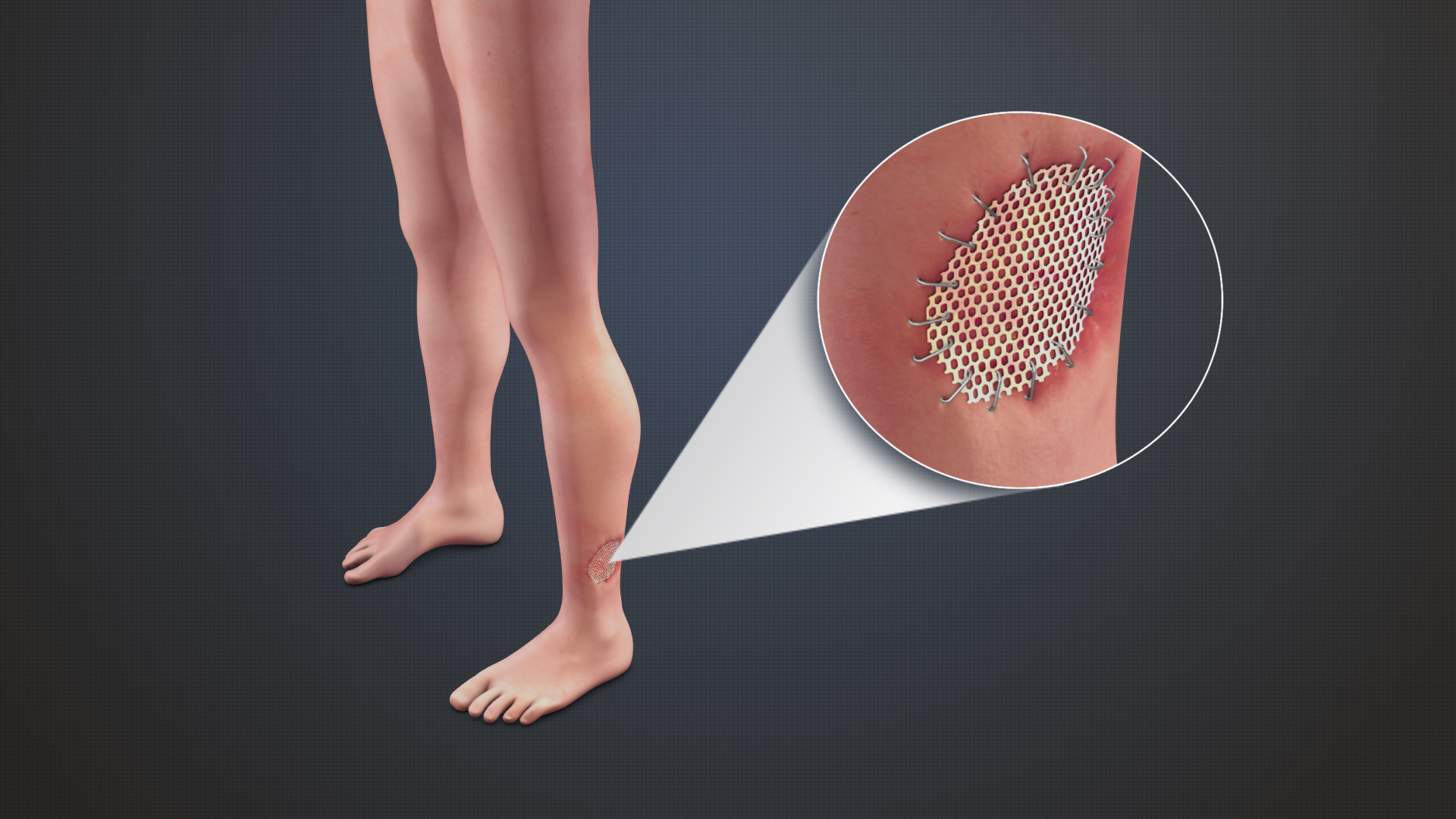|
Intimal Hyperplasia
Intimal hyperplasia is the thickening of the tunica intima of a blood vessel as a complication of a reconstruction procedure or endarterectomy. Intimal hyperplasia is the universal response of a vessel to injury, it is a restenosis and this is an important reason of late bypass graft failure, particularly in vein and synthetic vascular grafts. Cause Intimal hyperplasia is due to a dysfunction of endothelial cells which results in a reprogramming of the vascular smooth muscle cells (VSMCs). As a result, VSMCs proliferate and change their phenotypeh1> Possible treatment A possible treatment to avoid this could be hydrogen sulfide. Hydrogen sulfide (H2S) works as a vasculoprotective gasotransmitter in human body but is also tested to reduced intimal hyperplasia. There are different kinds of H2S donors: NaHS (the reference in scientific literature despite the fact it is too toxic to use it in human patients) and STS (already used in patient to treat cyanide poisoning). See also * ... [...More Info...] [...Related Items...] OR: [Wikipedia] [Google] [Baidu] |
Tunica Intima
The tunica intima (New Latin "inner coat"), or intima for short, is the innermost tunica (layer) of an artery or vein. It is made up of one layer of endothelial cells and is supported by an internal elastic lamina. The endothelial cells are in direct contact with the blood flow. The three layers of a blood vessel are an inner layer (the tunica intima), a middle layer (the tunica media), and an outer layer (the tunica externa). In dissection, the inner coat (tunica intima) can be separated from the middle (tunica media) by a little maceration, or it may be stripped off in small pieces; but, because of its friability, it cannot be separated as a complete membrane. It is a fine, transparent, colorless structure which is highly elastic, and, after death, is commonly corrugated into longitudinal wrinkles. Structure The structure of the tunica intima depends on the blood vessel type. Elastic arteries – A single layer of Endothelial and a supporting layer of elastin-rich collagen. ... [...More Info...] [...Related Items...] OR: [Wikipedia] [Google] [Baidu] |
Endarterectomy
Endarterectomy is a surgical procedure to remove the atheromatous ''plaque'' material, or blockage, in the lining of an artery constricted by the buildup of deposits. It is carried out by separating the plaque from the arterial wall. It was first performed on a subsartorial artery in 1946 by a Portuguese surgeon, João Cid dos Santos, at the University of Lisbon. In 1951, E. J. Wylie, an American, performed it on the abdominal aorta. The first successful reconstruction of the carotid artery was performed by Carrea, Molins, and Murphy in Argentina, later in the same year. An endarterectomy of the carotid artery in the neck is recommended to reduce the risk of stroke when the carotid artery is severely narrowed, particularly after a stroke to reduce the risk of additional strokes. Coronary endarterectomy involves removing atheroma from the wall of blocked blood vessels (coronary) supplying the heart muscle. The concept was first introduced by Bailey in the 1950s prior to the ... [...More Info...] [...Related Items...] OR: [Wikipedia] [Google] [Baidu] |
Hyperplasia
Hyperplasia (from ancient Greek ὑπέρ ''huper'' 'over' + πλάσις ''plasis'' 'formation'), or hypergenesis, is an enlargement of an organ or tissue caused by an increase in the amount of organic tissue that results from cell proliferation. It may lead to the gross enlargement of an organ, and the term is sometimes confused with benign neoplasia or benign tumor. Hyperplasia is a common preneoplastic response to stimulus. Microscopically, cells resemble normal cells but are increased in numbers. Sometimes cells may also be increased in size (hypertrophy). Hyperplasia is different from hypertrophy in that the adaptive cell change in hypertrophy is an increase in the ''size'' of cells, whereas hyperplasia involves an increase in the ''number'' of cells. Causes Hyperplasia may be due to any number of causes, including proliferation of basal layer of epidermis to compensate skin loss, chronic inflammatory response, hormonal dysfunctions, or compensation for damage o ... [...More Info...] [...Related Items...] OR: [Wikipedia] [Google] [Baidu] |
Medical Grafting
Grafting refers to a surgical procedure to move tissue from one site to another on the body, or from another creature, without bringing its own blood supply with it. Instead, a new blood supply grows in after it is placed. A similar technique where tissue is transferred with the blood supply intact is called a flap. In some instances, a graft can be an artificially manufactured device. Examples of this are a tube to carry blood flow across a defect or from an artery to a vein for use in hemodialysis. Classification Autografts and isografts are usually not considered as foreign and, therefore, do not elicit rejection. Allografts and xenografts may be recognized as foreign by the recipient and rejected. * Autograft: graft taken from one part of the body of an individual and transplanted onto another site in the same individual, e.g., skin graft. * Isograft: graft taken from one individual and placed on another individual of the same genetic constitution, e.g., grafts between ... [...More Info...] [...Related Items...] OR: [Wikipedia] [Google] [Baidu] |


